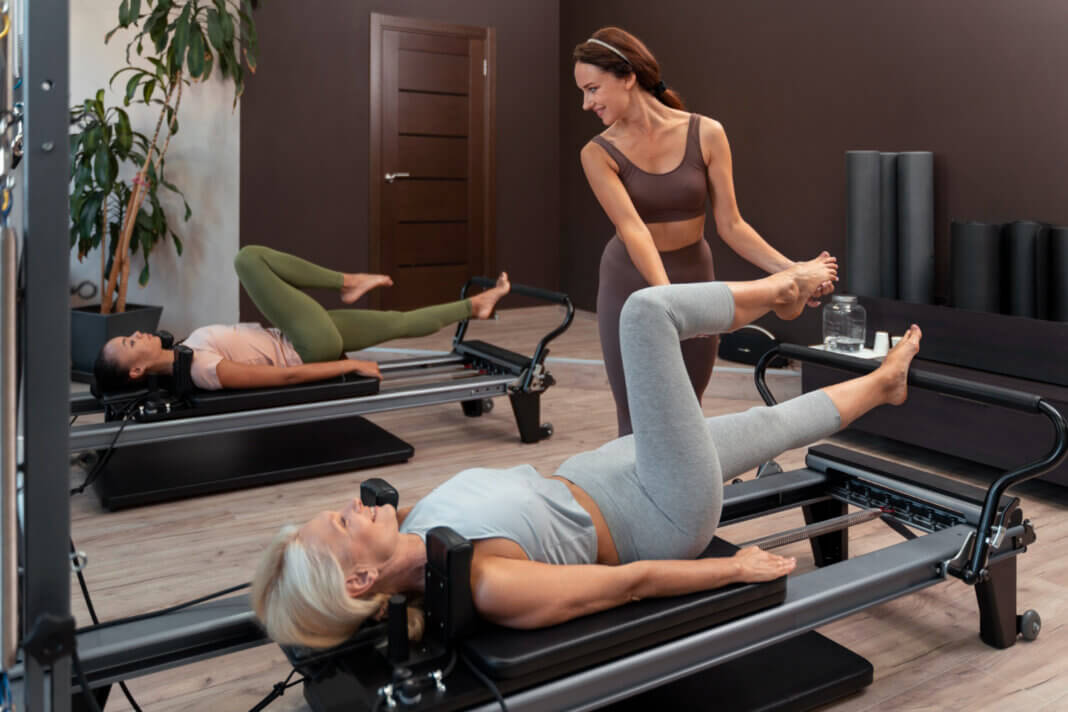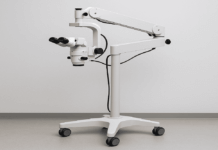Getting started with Pilates can be both exhilarating and somewhat daunting. With an array of styles, each born out of different philosophies, where should one begin? How do you navigate the options and find the method that best aligns with your unique fitness goals? This post is designed to demystify this exploration for you. By examining the diverse types of Pilates, their pros and cons, and equip you with knowledge that will help you make an informed decision about the right fitness plan for you.
No two bodies are the same, and as such, a ‘one size fits all’ approach often falls short when it comes to fitness. This is where the bespoke nature of Pilates comes into its own – a workout regimen that can be tailored to your specific needs and abilities. But within this world of flexibility, understanding the differences between methods becomes crucial.
In this comprehensive guide, we will delve into the subtleties of various Pilates alternatives, highlighting their distinguishing features and potential benefits. The aim is not only to equip you with knowledge but also to foster a deeper understanding of your own physicality and empowerment to make the most suitable choices for your wellbeing.

What Is Pilates?
The first step to determining the right approach to Pilates is understanding its core principles. Pilates is a method of exercise designed to improve physical strength, flexibility, posture, and mental awareness. It was created in the early 20th century by German-born physical-culturist Joseph Pilates. Don’t let its powerful reputation intimidate you though; Pilates embodies a flexible approach catering to everyone from fitness beginners to seasoned athletes.
Different Types of Pilates
There are two main forms of Pilates – Classical Pilates and Contemporary Pilates. Each method offers its unique advantages and challenges. The key is in choosing the style that most resonates with you and aligns with your fitness objectives.
Classical Pilates Explained
Classical Pilates, also known as Traditional or Authentic Pilates, is the closest form to Joseph Pilates’ original method. It emphasizes the precise and methodical performance of exercises, with a distinct flow connecting individual movements into a balanced, full-body workout.
Contemporary Pilates Unveiled
On the other side of the Pilates spectrum is Contemporary Pilates. This method allows for more modifications and variations, creating a more dynamic exercise plan, adaptable to different fitness levels and bodily conditions.
Pros And Cons of Each Method
It’s imperative to weigh the pros and cons of each Pilates method before committing. The rigidity and focused nature of Classical Pilates may deliver quicker results but could feel too disciplined for some. On the other hand, the flexibility of Contemporary Pilates resonates with those seeking a less formal approach, but it may lack the intensity serious fitness enthusiasts crave.
How to Choose the Right Pilates Method
Choosing the right Pilates method is not about which style is “better.” Instead, it’s largely dependent on your fitness level, what types of movement you enjoy, and the results you’re hoping to achieve. It’s important to listen to your body – your instincts will often guide you to the training style best suited for you.

Conclusion
Stepping into the world of Pilates can open new doors for your physical health and mental wellbeing. By understanding the differences between Classical and Contemporary Pilates and appraising their respective pros and cons, you empower yourself to make a more informed choice. Remember, the right Pilates method for you should offer the comfort of alignment with your fitness needs and the ability to enjoy, and stick with, the exercise regime. Always consider your personal fitness goals and body conditions, consult a professional when in doubt, and most importantly, enjoy the journey of exploration into your physical prowess and potential.








